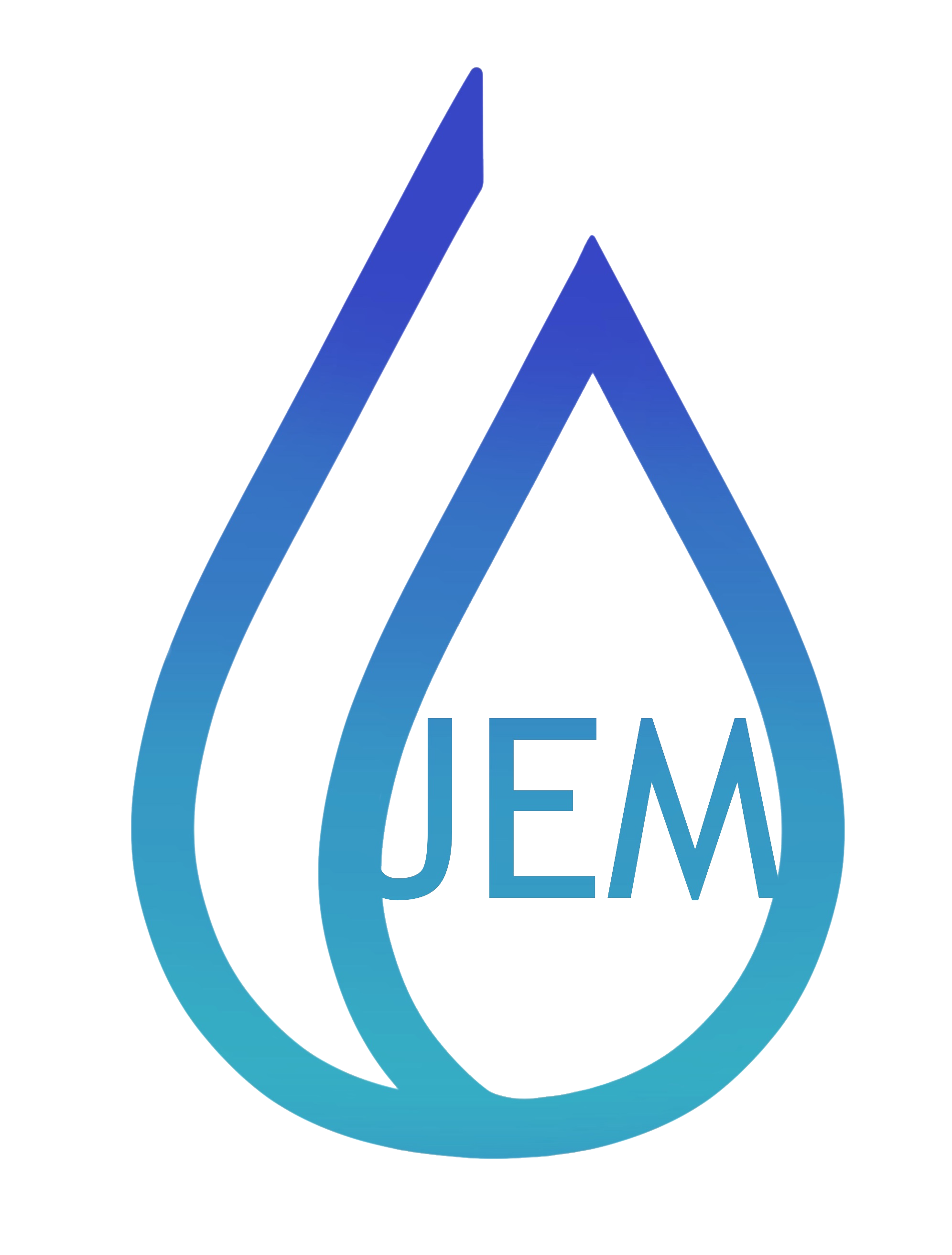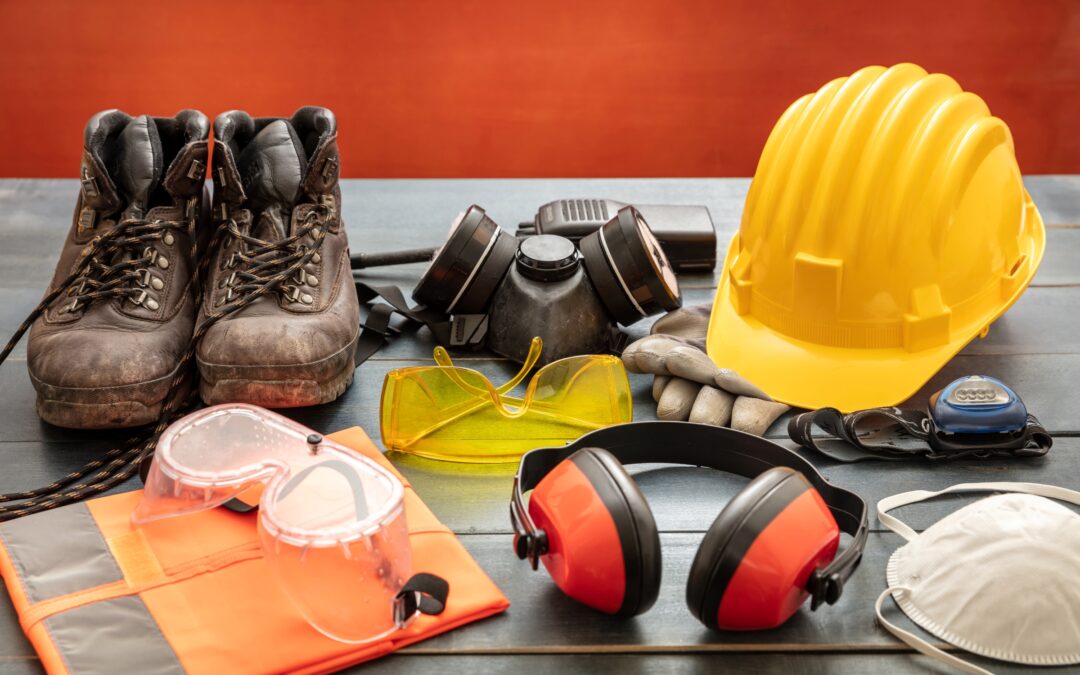Ensuring employee safety through proactive measures prevents serious injuries and fatalities in different work environments. Employees may encounter hazards involving heavy machinery, hazardous materials, and sharp objects. Implementing appropriate safety measures and protocols can significantly reduce these risks.
Discussion Points:
- What is Serious Injury and Fatality (SIF)?
- Establishing a reporting system for potential SIF incidents is crucial.
- Implement safety measures and protocols to help reduce the risk of SIF incidents.
- Outline employee responsibilities and encourage participation.
Discussion:
According to the Bureau of Labor Statistics, there were 2.6 million reported nonfatal work-related injuries and illnesses in 2023. A serious injury or fatality (SIF) is characterized as a life-threatening injury or illness that can have a profound impact on an employee’s quality of life, potentially resulting in limitations related to the use of a body part, bodily function, or internal organ. Examples of serious injuries include head trauma, paralysis, and amputations. The primary causes of these injuries are associated with vehicle or equipment operation, working at elevated heights, machinery malfunctions, the handling of hazardous materials, electrical hazards, fires, explosions, suspended loads, being struck by objects or equipment, and incidents involving workplace violence.
Establishing and implementing a reporting system for potential SIF incidents is essential for effective prevention. This system allows for comprehensive investigations to uncover the root causes of such incidents. Analyzing all work-related incidents to identify underlying factors is necessary, as this promotes proactive measures to recognize workplace hazards or risks. Identifying and addressing these issues can make meaningful improvements to workplace safety.
To mitigate the risk of serious injuries, the following safety measures and protocols should be implemented:
- Identify and assess potential hazards and risks.
- Proactively monitor and address safety concerns.
- Establish open lines of communication with employees.
- Conduct regular inspections.
- Maintain clear walkways and work areas free of debris.
- Promptly clean up spills to prevent slips, trips, and falls.
- Address and correct hazards quickly.
- Substitute hazardous items with safer alternatives.
- Utilize guards or barriers to move or isolate hazards.
- Develop and enforce safety policies, training, and procedures.
- Provide employees with the appropriate personal protective equipment (PPE).
Employers are encouraged to facilitate avenues for employees to engage in safety committees, contribute to risk assessments, and provide their perspectives on potential hazards. Comprehensive training sessions on safety protocols are essential to ensure that all employees know the precautions necessary to prevent serious injuries. Regular safety meetings should be held to discuss potential risks and share best practices for accident prevention. By proactively monitoring and addressing safety issues, employers can help prevent accidents and injuries before they occur.
As always, stay safe out there!


Recent Comments